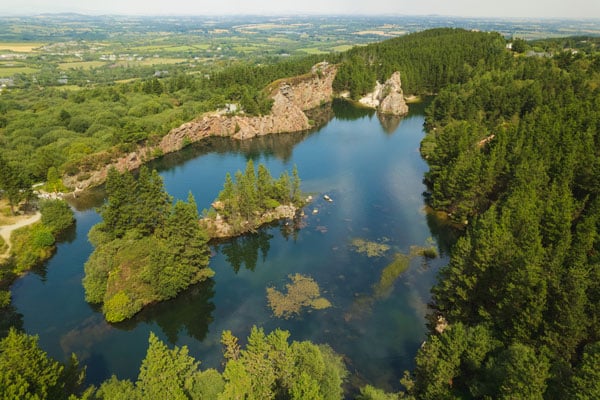Photography Gear Guide
“It is my intention to present – through the medium of photography – intuitive observations of the natural world which may have meaning to the spectators.”
Ansel Adams
01 Philosophy on Gear
02 Camera Bodies
03 The Holy Trinity
04 Gear Acquisition Syndrome
05 Drones
06 Sustainability
01 Philosophy on Photography Gear
It's easy to convince yourself that you need the latest equipment to get banger frames. The reality is that modern equipment can certainly assist in some aspects of the creative process, but really, any equipment you have is most likely going to be enough to give you a start and opportunity to progress. The main ingredients with image making are subject matter, composition and lighting.
You’ll eventually reach a point where your gear may feel limiting and you’ll organically recognise when this is the case. Just remember, the latest equipment isn’t going to make great images, it’s the experienced photographer that does. Wait until the point where you truly feel limited by your gear until you make a change. I used a 10 year old Nikon D800, or an entry level D3500 when travelling, and recently upgraded to a Z7 only because I felt I reached a point of outgrowing my previous kit. I also never buy new gear as sites like mpb.com offer great value on second hand gear that you can trust. Avoid ebay and social media marketplaces.
02 Camera Bodies
A camera body is what many people think of when they think of a camera. The body is everything that isn't the lens, and contains the controls, the LCD screen, the image sensor, and the machinery that processes your images. It often comes as a surprise to know that camera bodies are only one part of the puzzle in creating excellent images. The importance of high quality glass (lenses) on image quality is arguably much more significant. There are a few important concepts to understand when considering camera bodies.
DSLR versus Mirrorless
The main difference between DLSR cameras and mirrorless cameras is simply the lack of a mirror in the latter. In a DLSR camera, there are a series of mirrors in the camera body that act like a window when looking through the viewfinder, which shows you the reality of the scene you are capturing. When looking through the viewfinder of a mirrorless camera you're actually looking at a digital screen that is 'representing' the reality of scene. While some people find this 'representation' of reality unappealing, mirrorless cameras are significantly smaller due to the lack of mirrors and can remove the need for a tripod due to IBIS (in body image stabilisation).
Having recently moved from DSLR to mirrorless I can confidently say that I wouldn't go back. The combination of IBIS, high quality glass, and usability meet my needs perfectly.
Sensor Size
The sensor is the part of the camera that creates an image from the light that reaches it through the lens. Sensors come in a variety of sizes, which are important to understand as the size of the sensor impacts the final images you create. In basic terms a larger sensor lets in more light, which means more depth of contrast, detailed shadows and reduces blown out highlights, which is great for shooting landscapes. A smaller sensor lets in less light, which reduces the dynamic range (details of shadows and highlights) but increases the magnification of lenses, which can make these sensors great for wildlife. The most common sensor sizes of mirrorless and DSLR cameras are full-frame (bigger), APS-C (smaller).
Camera Systems
It is important to note that cameras come in 'systems' based on the manufacturer. This means that Nikon lenses are designed for Nikon bodies and can't be used interchangeably with a Sony camera for example. Choosing a system is a big choice as this means investing in an ecosystem, not just a camera. My first camera was a Nikon D3500, and having stayed loyal over the course of 2 bodies and a collection of lenses, I am now firmly committed to the Nikon ecosystem.
03 Lenses
Also referred to as 'glass', lenses have a massive impact on image quality and can range in price from €150 at the entry level to over €10,000 as the professional end. We recommend buying lenses second hand and going for cheaper f.4 versions over pricier f2.8 variants.
The Holy Trinity
The "holy trinity" refers to three standard lenses that combine to give photographers the flexibility to shoot in almost any situation. Those three lenses usually consist of a wide-angle zoom, a standard zoom, and a telephoto zoom, which covers a focal length around 14mm up to 200mm. While the trinity is a popular concept, you might not need to cover all these focal lengths. I usually go out with the dynamic duo of a 24-70mm and 70-200mm in my bag.
Wide Angle Lenses
Wide angle lenses are typically thought of as landscape photography lenses. They allow photographers to capture epic vistas that incorporate strong foreground elements. The value of a wide angle lens is not to fit in more, it is to get closer to the subject and bring the foreground into harmony with the overall image. Typical focal lengths for wide angle lenses are 14mm+.
Medusa 20mm f5.6 ISO1000 1/100
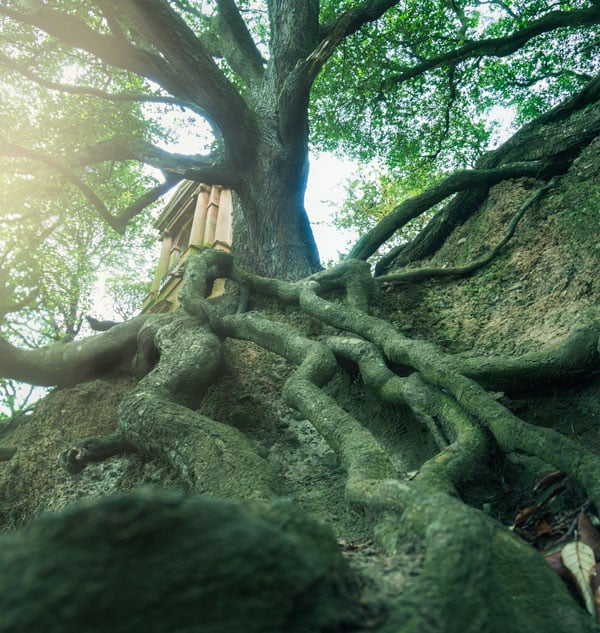
Mid Range Zoom
A 24-70mm lens is the first that I recommend any photographer invest in and has had permanent residency in my camera bag. This focal length will cover portraits, weddings, landscapes (without strong foregrounds) and most daily needs. These lenses are great for showcasing scale and size, and cover the range that matches the human eye around 50mm.
Heavenly Beech 38mm f3.8 ISO450 1/100
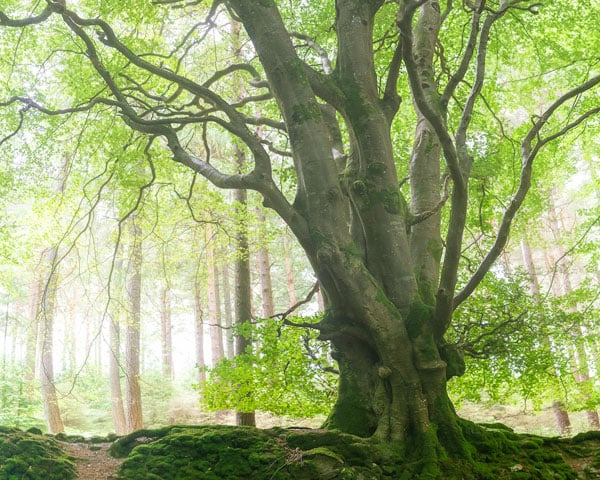
Telephoto Zoom
A 70-200mm lens is like a telescope for picking out specific areas of interest in a landscape. For those new to shooting landscape there is usually a desire to shoot epic vistas with a wide angle. I recommend searching for the 'scenes within the scene' and discovering unique compositions by zooming into the landscape with a longer focal length. For wildlife photography 200mm probably won't cut it if you're shooting smaller subjects like birds.
Dancing Oaks 150mm f8.0 ISO800 1/250
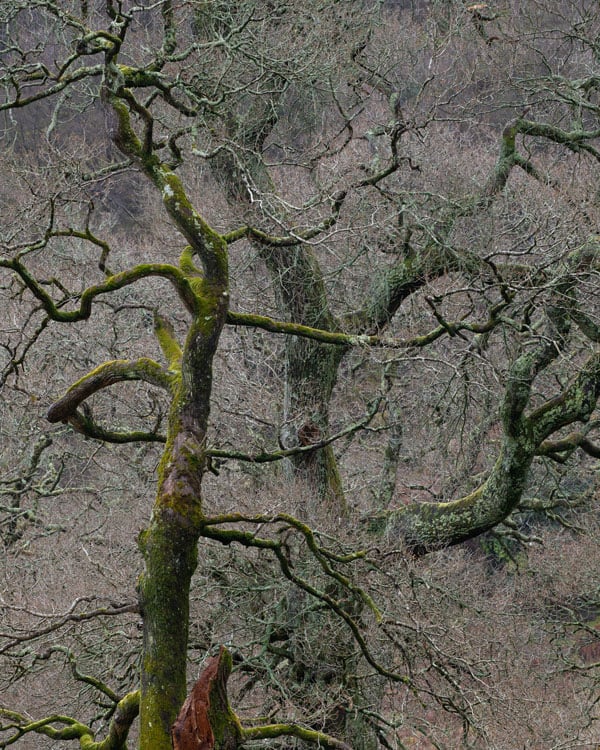
Sunlight Squirrel 400mm(640 effective) f7.1 ISO3200 1/1250
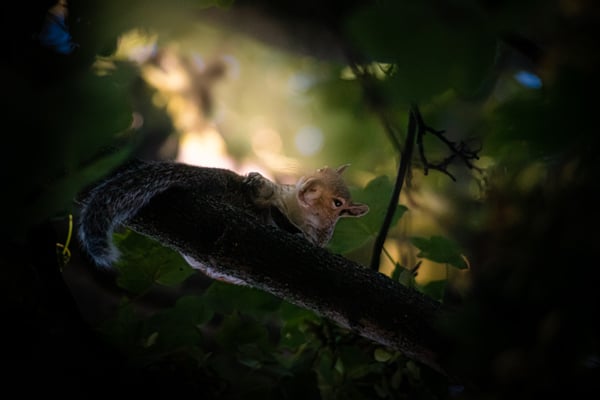
04 Gear Acquisition Syndrome
Unfortunately it’s very easy to get GAS (gear acquisition syndrome) when you first start out, leaving you always wanting more instead of utilising and making the most of what you already have. I optimise for speed and ease of use, which is why I now shoot with a Nikon Z7 paired 24-200mm lens. While many may not agree with this setup, it works for me. I don't like tripods, and I don't like switching lenses. I like to immerse myself in the environment I'm in and keep my gear a medium, not the focus of my attention.
05 Drones
Drone technology has advanced massively over the past few years. Thanks to these advances there are now affordable options that provide photographers with professional level image capturing capabilities from almost any angle. I absolutely love my DJI Air 2s, and confidently recommend this model to anyone as a perfect balance in price and performance. A drone is a must have for any landscape photographer.
County Canada 8.4mm f2.8 ISO100 1/50
